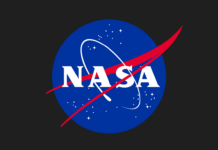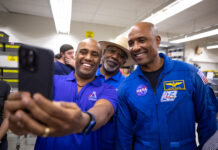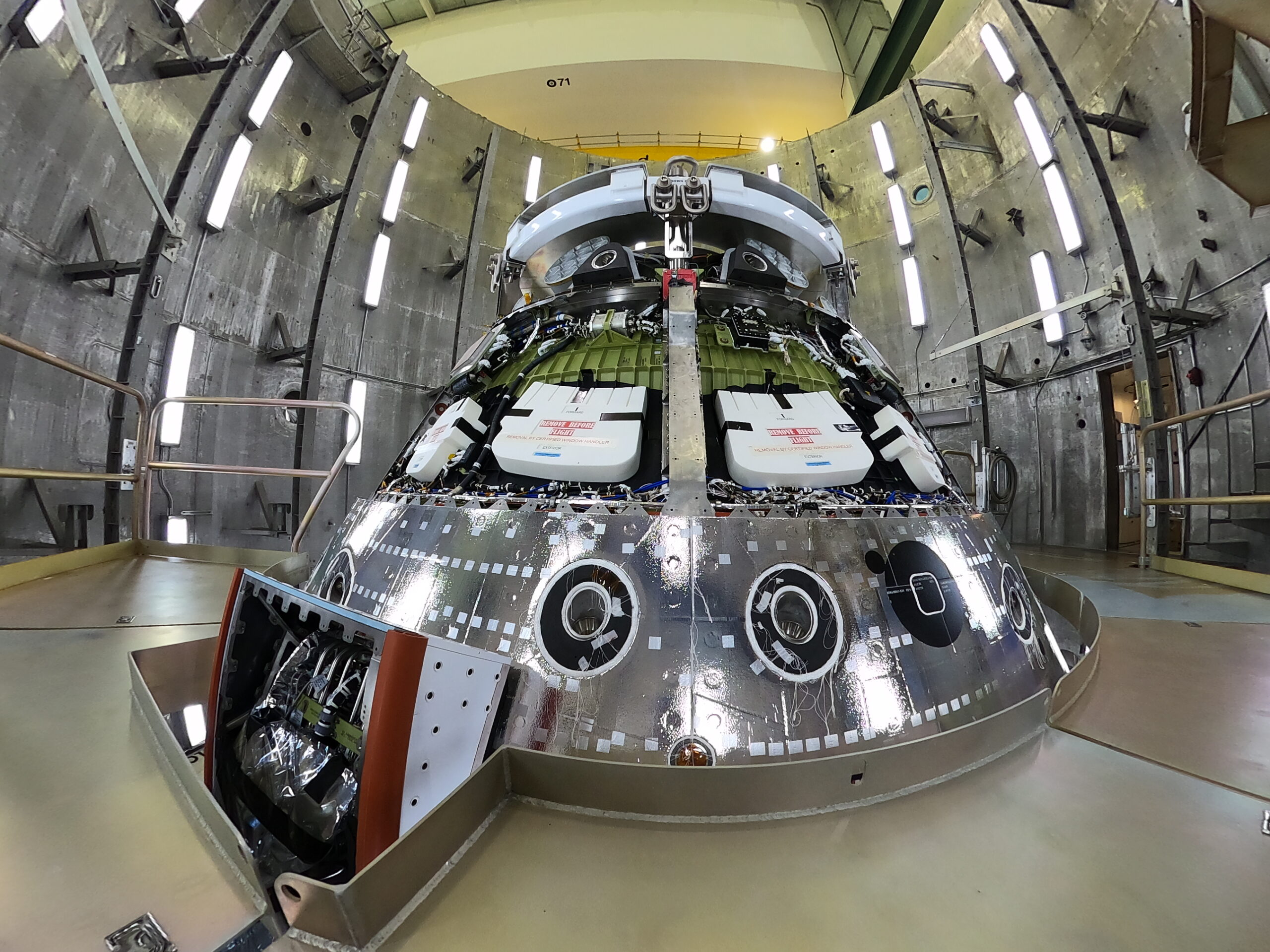In a significant step towards advancing human space exploration, NASA’s Orion spacecraft, which is set for the Artemis II mission, was recently maneuvered from the Final Assembly and System Testing cell to the altitude chamber. This operation took place on November 6 at the Neil A. Armstrong Operations and Checkout building, located at NASA’s Kennedy Space Center in Florida. This marks a pivotal phase in the Artemis program, as it is designed to simulate the harsh conditions of deep space vacuum, thereby ensuring that the spacecraft is prepared for its upcoming journey.
### Testing for Deep Space Conditions
The primary objective of moving the Orion spacecraft to the altitude chamber is to expose it to an environment that mimics the vacuum of space. This testing phase is crucial as it allows engineers to verify the spacecraft’s readiness by ensuring that all systems function optimally under the extreme conditions it will encounter beyond Earth’s atmosphere. During this process, engineers focus on completing any remaining test requirements and collecting additional data. This new data will complement the information gathered during previous tests conducted earlier in the summer.
### The Artemis II Mission: A Historic Milestone
The Artemis II test flight is poised to be a historic mission for NASA. It represents the first time in the Artemis campaign that a crew will be aboard the spacecraft. This mission will send NASA astronauts Victor Glover, Christina Koch, and Reid Wiseman, alongside Canadian Space Agency astronaut Jeremy Hansen, on a ten-day expedition around the Moon. This mission aims to test the essential systems and operations necessary for future deep-space missions, ultimately paving the way for humanity’s return to the lunar surface.
The Artemis II mission is part of NASA’s broader Artemis program, which seeks to establish a sustainable human presence on the Moon by the end of the decade. By doing so, NASA intends to use the Moon as a stepping stone for future missions to Mars, thereby extending human exploration further into the solar system. The program is named after Artemis, the twin sister of Apollo and goddess of the Moon in Greek mythology, symbolizing the continuation of lunar exploration following the historic Apollo missions.
### Understanding the Altitude Chamber
For those unfamiliar with space testing terminology, the altitude chamber is a specialized facility designed to test spacecraft under conditions that closely replicate those found in space. This includes extremely low pressure and temperatures, similar to what the spacecraft will face during its mission. By conducting these tests, engineers can identify and rectify potential issues that might arise during the mission, thereby enhancing the safety and reliability of the spacecraft.
### The Role of International Collaboration
The inclusion of Jeremy Hansen from the Canadian Space Agency highlights the importance of international collaboration in space exploration. By working together, space agencies can pool resources, expertise, and technology, resulting in more robust and successful missions. This partnership is not only beneficial for the participating countries but also for the global scientific community, as it fosters innovation and progress in space technology.
### Looking Ahead: The Future of Artemis
The success of the Artemis II mission is critical for the future of the Artemis program. It will serve as a benchmark for subsequent missions, including Artemis III, which aims to land the first woman and next man on the lunar surface. These missions are not just about scientific exploration; they also hold significant potential for technological advancements that could benefit life on Earth. From developing new materials and technologies to understanding the Moon’s resources, the Artemis program could lead to breakthroughs that enhance our daily lives.
### Good to Know: The Orion Spacecraft
The Orion spacecraft is a state-of-the-art vehicle designed for deep space exploration. Developed by Lockheed Martin, Orion is equipped with advanced technology to support long-duration missions beyond low Earth orbit. It features a habitable crew module, a service module for power and propulsion, and advanced avionics to navigate through space. Orion’s design incorporates lessons learned from past space missions, making it one of the most sophisticated spacecraft ever built.
### Conclusion
The recent developments with the Orion spacecraft are a testament to the dedication and ingenuity of the engineers and scientists at NASA and its partner agencies. As the Artemis II mission approaches, the world watches with anticipation, recognizing the mission’s potential to reshape our understanding of space exploration. With each milestone, we move closer to realizing the dream of a sustainable human presence on the Moon and, eventually, Mars. For those interested in following the progress of the Artemis program, more information can be found on NASA’s official website.
Image credit: Lockheed Martin/David Wellendorf
For more Information, Refer to this article.

































